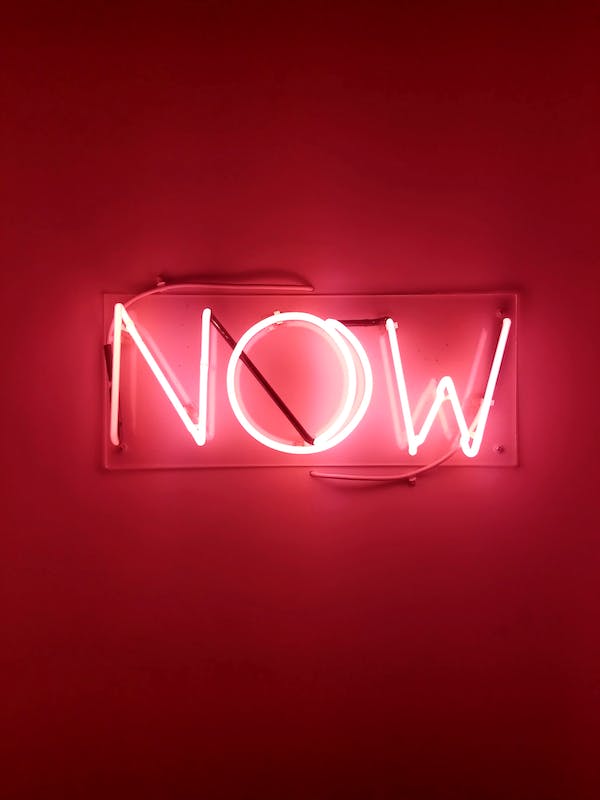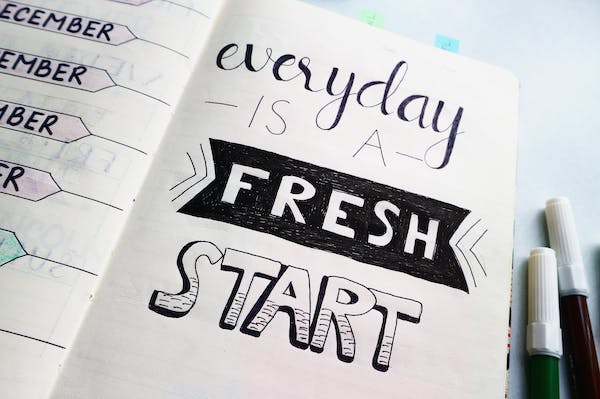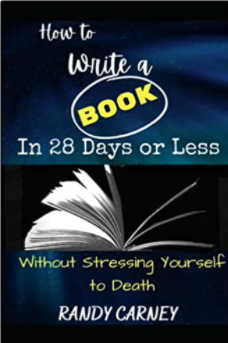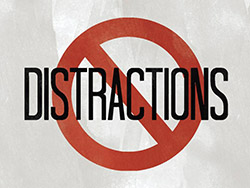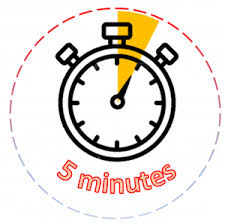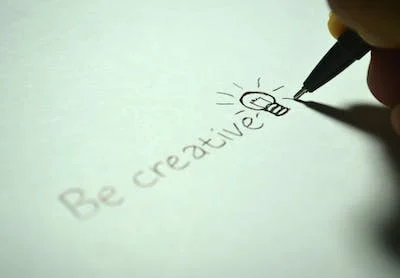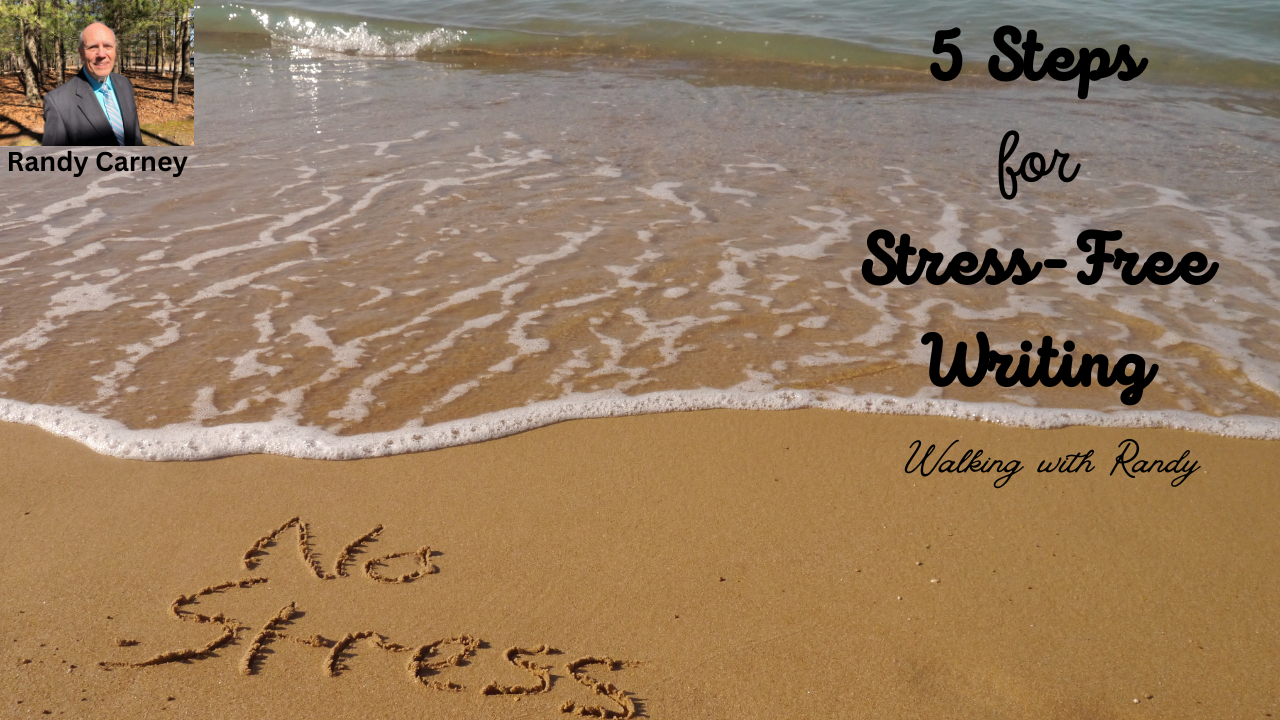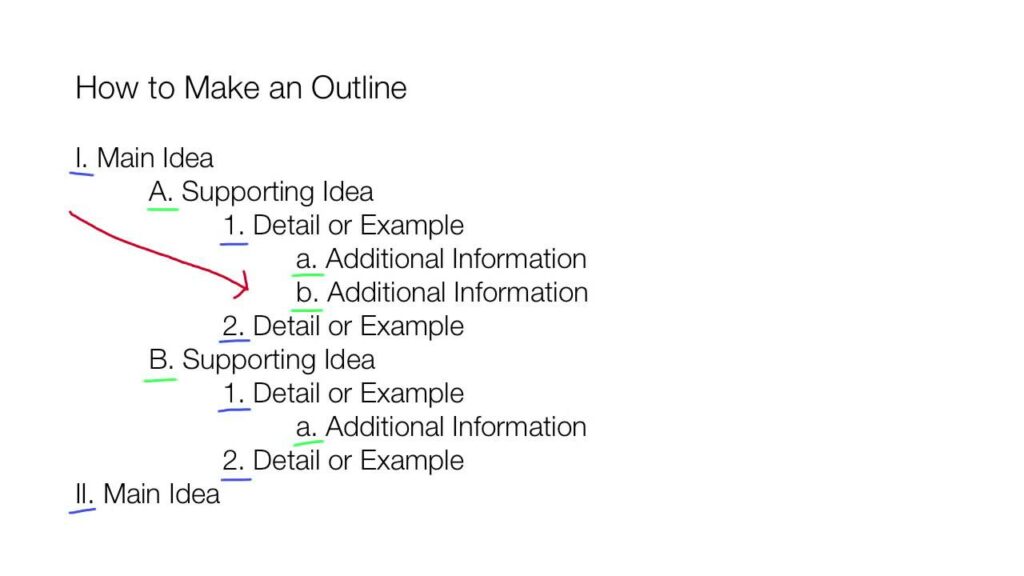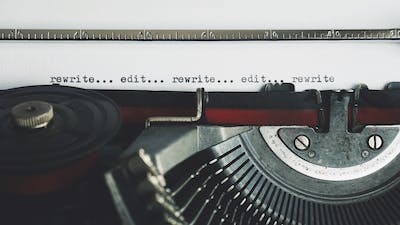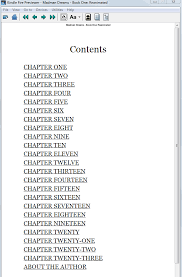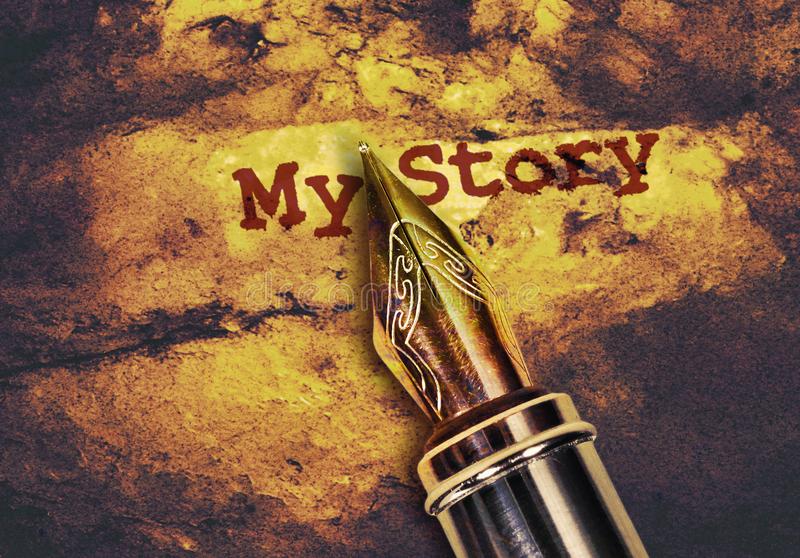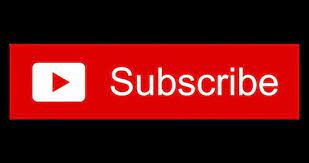
I’m going to kick things off by surmising that you have a book idea in the oven, but before you preheat to 350 degrees and start baking that literary cake, you’ll want to figure out who’s coming to the party. Establishing who your audience is isn’t just a box-ticking exercise; it’s central to the success of your book.
You’re probably asking, ‘Why does this matter?’ Simply put, knowing your audience shapes everything from the tone and vocabulary of your book to the marketing strategies you’ll employ upon release. It’s about setting the stage for a conversation between you and your readers where the topic is your book.
Now, how exactly do you zoom in on your audience? Start with demographic parameters like age, gender, and interests, sure. But don’t stop there. Dig into the psychographic aspects too, like values, aspirations, and challenges. This isn’t just about compiling data; it’s about getting to the heart of your readers’ desires and fears.
Once you have a rough sketch of who your audience is, it’s time to test and adjust. Beta readers, surveys, and social media can all be instruments in your symphony of audience understanding. Through them, you can observe firsthand what resonates and what falls flat.
Right about now, you might be realizing that identifying your audience is also a process of self-discovery. Choose something that resonates with you as much as with them. After all, the best books emerge from the intersection of the author’s passion and the audience’s interests.
Uncover the Challenge: Pinpointing the Problem Your Audience Faces
I’m here to help you with a crucial step that’s going to include putting yourself in your audience’s shoes. Understanding the challenge your readers are up against isn’t just a matter of intuition; it’s an art of empathy. When you know what bothers or confuses them, or what obstacles they can’t seem to overcome, you’re on the right track to providing a solution that resonates with them.
In my opinion, the core of a compelling book is one that targets a clear, relatable problem. This isn’t just an issue to be solved; it’s a way to connect with your readers on a deeper level. If you want to make your book indispensable, you’ll need to pin down a problem that’s both significant and specific to your audience.
Now, identifying the problem isn’t something you take a wild guess at. Conduct thorough research; talk to people in your target group, engage with them on social media, and immerse yourself in the environments where they express their concerns. Surveys and interviews can also yield goldmines of insight.
Once you’ve gathered this information, distill it into a clearly defined problem statement. Choose something that resonates with you, too. Remember, the sharper the identification of the problem, the more precise your solution will be. And a precise solution is what makes your readers’ lives easier.
Now, what if you’re worried about not getting it quite right? Don’t. Your first attempt at a problem statement doesn’t need to be the last. Refinement is your friend here. Get feedback, adjust, and move forward. It’s this cycle that ensures you’re developing a book that’s truly tailored to your audience’s needs.
In the next section, I’m going to take you through how to turn these problems into opportunities. That means creating actionable steps that directly combat the issues at hand. We’re going to build a stellar roadmap for your readers that’s both practical and implementable. Stay tuned.
Crafting the Solution: Steps to Solve Your Audience’s Problem
This isn’t just about writing any book; it’s about creating a resource that genuinely helps your readers. Now what? After identifying and empathizing with your audience’s challenge, it’s time to outline actionable steps to solve their problem. You can always adjust your approach down the road, but having a solid starting point is critical.
Begin with brainstorming 5 to 7 clear, practical steps based on your expertise and the needs of your readers. These steps aren’t arbitrary; each one should serve as a milestone towards a tangible solution. Don’t worry too much about the details at this stage. The goal is to create a scaffold for your content.
Strive for a balance between depth and simplicity. Yes, your steps should be comprehensive, but also accessible. If your first step seems too complex, break it down. Each step must be actionable and specific enough that your reader can see progress as they go along.
Confirm that each step relates directly to the problem you’ve identified. If a step seems off-topic, it’s not helpful. Clear relevance is what will make your book resonate with your audience. In my opinion, relevance is what differentiates a good book from a great one.
With your steps as the foundation, you’re going to find out about building upon them in the next section, where the focus will be on transitioning from a basic outline to a full-fledged book. Choose something that resonates with you as a structure to expand upon, ensuring it can withstand the addition of complex ideas and research.
Expanding the Framework: Building a Comprehensive Book Structure
You’ve pinpointed the problem, and you have your golden steps ready to guide your readers towards a solution. But hold on, you’re not just going to hand over a list of steps and call it a day. You’re crafting a book, a resource that your readers will cling to, refer back to, and maybe even pass on to friends. And that’s where structuring your thoughts into a comprehensive guide comes into play.
Think of your initial outline as the skeleton of your book. Each bone—or step—in that skeleton is fundamental, but it’s the flesh and muscles—or chapters and sections—that make it walk and talk. Your job now is to expand those solid steps into engaging, informative chapters that provide depth and context. This isn’t about padding your book with fluff; it’s about adding value, enriching the narrative, and honing in on the practical application.
How do you make that leap? Start with research. Delve into what’s out there already. Take a good look at the tables of contents of books addressing similar topics. This isn’t about mirroring what’s already done but about understanding what resonates with your audience. Identify gaps in the existing literature that your book can fill. Maybe there’s a perspective that’s underrepresented, or perhaps there’s an area that’s been overlooked.
Then, it’s time to draw out your chapters. Flesh out the outline with relevant anecdotes, case studies, and your unique insights. Develop each step into a chapter that’s robust with actionable advice, clear descriptions, and illustrative examples. If you’re tackling complex concepts, break them down into digestible pieces. Your reader should be able to put down the book at the end of each chapter with a clearer understanding and tangible takeaways.
Remember, there’s a lot happening in the publishing world, and you want your book to stand out for all the right reasons. Emphasize clarity, practicality, and a narrative that captures and keeps interest. Bounce your drafts off trusted readers; get feedback and refine as you go along. Your first draft is just that—a draft. It’s your springboard to something greater.
Choose something that resonates with you and your readers—something you’re passionate about but also offers them real, substantial help. I really hope that you find this journey of turning your problem-solving steps into a comprehensive book as rewarding as it is challenging. As you venture through this process, remember that your first attempt doesn’t need to be your last. You can always adjust and refine. Good luck with your book-writing journey—I’m cheering for you!
Check out my book on Amazon if you would like more writing tips.

